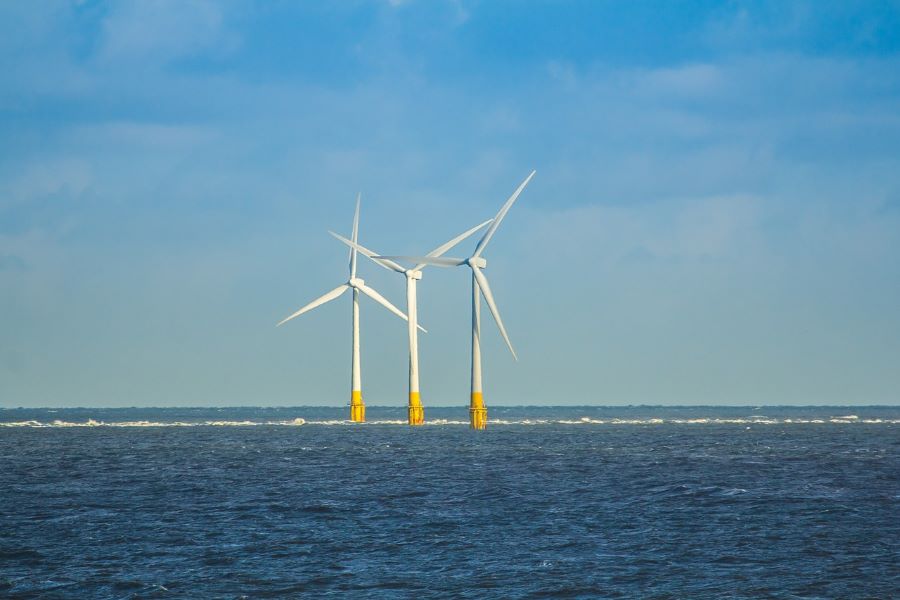By 2030, Spain wants to be able to generate between 1 and 3 gigawatts of energy with floating wind farms. This was recently announced by the Spanish Ministry of Ecological Transition.
As part of the shift away from high-carbon fossil fuels, states and companies are looking for new ways to harness the potential of renewable energies, such as wind and solar.
Largest onshore wind networks in the world
Spain has one of the largest onshore wind networks in the world. However, its coastal waters are too deep to install turbines. The turbines have allowed higher wind speeds and additional space to be exploited offshore in the UK and some other countries. Spain is a global leader in land-based wind turbines. Its installed capacity is 27.5 GW.
The option is to use floating wind farms which can be used in waters deeper than 50 metres. Since the cost of building floating wind farms is higher than fixed wind farms, Spain will allocate up to €200million for research and development. The proposals will be evaluated in the coming month.
At the national level, port infrastructure would require an investment of between €500million and €1,000million to support this project. Large sections will have to be mounted on land in pilot phases to be towed to sea.
€1billion investment in floating wind farms
The wind giant Iberdrola will invest €1billion in a floating wind farm in Spain. This is reliant on it receiving the support of European recovery funds after the pandemic.
The Canary archipelago is already home to some smaller projects. Spanish group Repsol has partnered with its Portuguese neighbour EDP to install 25 megawatts of floating turbines off Portugal’s Atlantic coast.
The European Union currently has about 12 GW of offshore wind farms on the seabed. The EU aims to increase this figure to at least 60 GW by 2030 and 300 GW by 2050. The block aims to supplement the 2050 total with another 40 GW of floating wind, solar and other technologies that take advantage of tidal energy. Spain will also explore those options.


